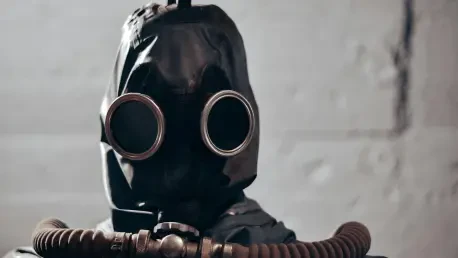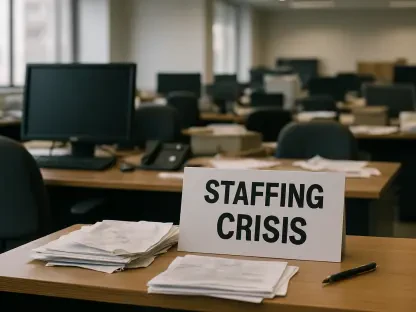Imagine stepping into a confined space saturated with biohazards, tasked with cleaning blood spills and human waste, all while knowing that the gear meant to protect against deadly pathogens is incomplete. This terrifying reality confronts prisoner workers in correctional facilities who serve as bio cleaners, often facing life-threatening risks due to inadequate personal protective equipment (PPE). These individuals handle some of the most dangerous tasks within prison walls, such as cleaning up dirty protests and biohazard spills, yet they are frequently denied the full range of protective gear needed to shield them from bacteria, viruses, and blood-borne diseases. The systemic neglect of their safety raises profound ethical questions about workplace standards in such environments. Beyond the immediate health risks, this situation highlights a broader disparity in how safety protocols are applied, leaving vulnerable workers exposed to severe consequences while under pressure to perform hazardous duties.
The Harsh Reality of Inadequate Protection
In the grueling role of bio cleaning within prisons, specialized training and equipment are essential for safety, yet the reality often falls short of these standards. Prisoner workers are expected to wear stage 2 PPE, which includes full bio suits, gloves, masks, face shields, and overboots to ensure complete protection against contaminants. However, shortages of critical items like overboots are alarmingly common, with less effective overshoes provided as substitutes, leaving parts of the feet vulnerable to exposure. This gap in protection can lead to contact with dangerous pathogens that carry the risk of lifelong illnesses or even fatal outcomes. The institutional failure to supply proper gear not only endangers these workers but also underscores a troubling disregard for their well-being. Compounding the issue, the pressure to complete tasks despite these deficiencies often forces workers into compromising situations, where refusal is met with coercion from staff and higher authorities, prioritizing operational needs over human safety.
Systemic Disparities and Calls for Reform
Reflecting on past events, a stark contrast emerges in how health and safety concerns are addressed for different groups within correctional facilities. Years ago, prison officers staged a significant strike over inadequate safety measures, refusing to work without essential tools like radios or batons, a stance that garnered widespread understanding and support. Yet, when prisoner workers raised valid concerns about missing PPE during biohazard cleanups, including a notoriously severe dirty protest cleanup that spanned three days, they faced dismissive attitudes and relentless pressure to proceed. Staff urged them to “find a way around” the equipment shortages, ultimately leading to improvised solutions like using bio bags as foot coverings. This disparity in treatment reveals a systemic bias that devalues the safety of prisoner workers. Looking ahead, the critical next step involves advocating for equitable health and safety protections, ensuring that all individuals, regardless of status, are afforded the same rigorous standards and respect for their well-being in such high-risk roles.









